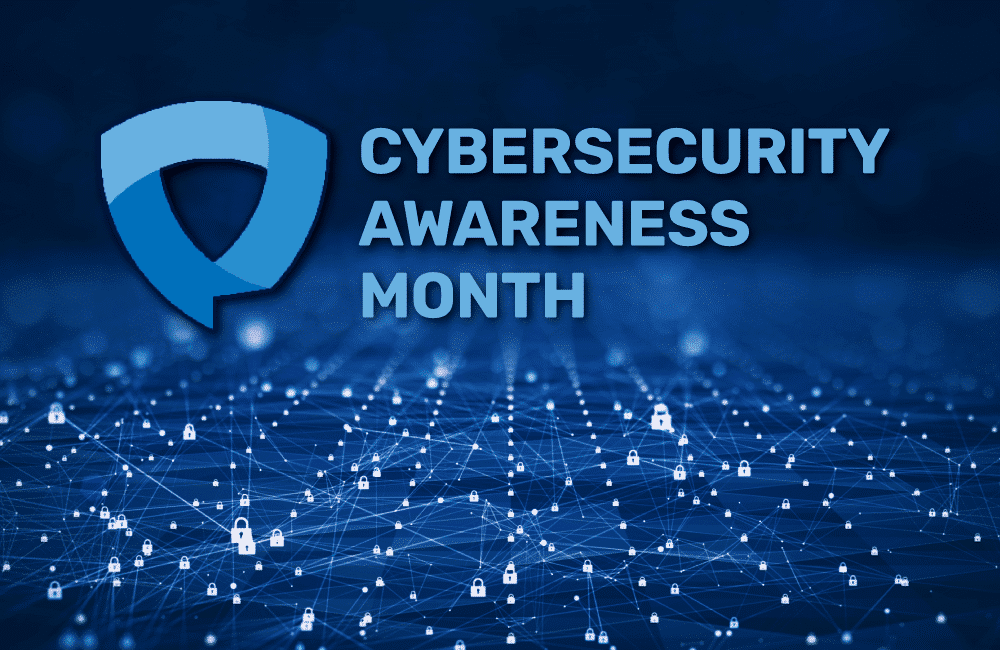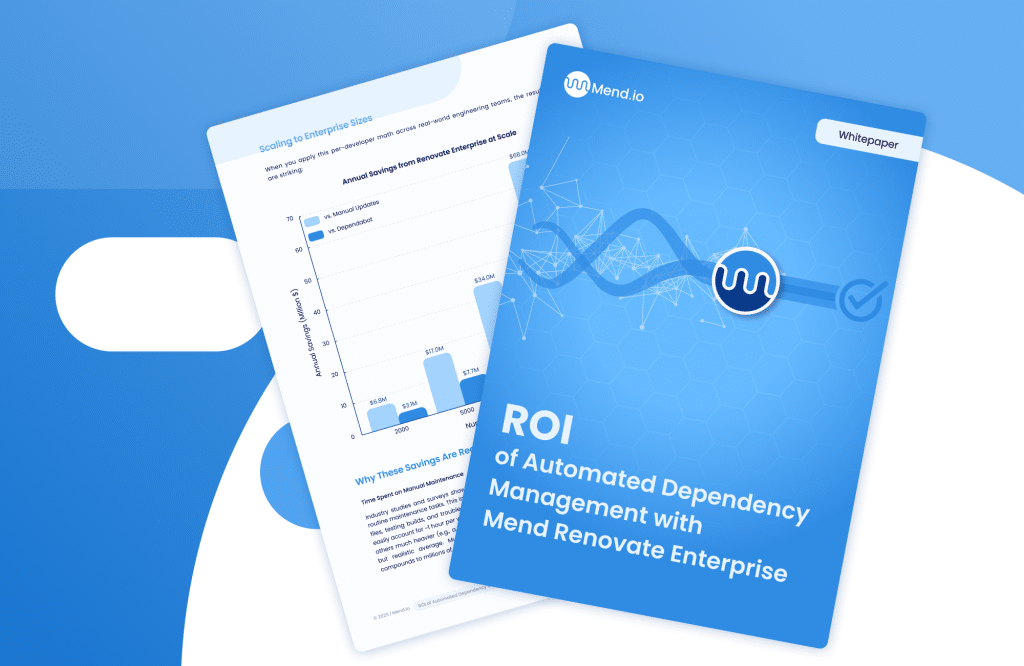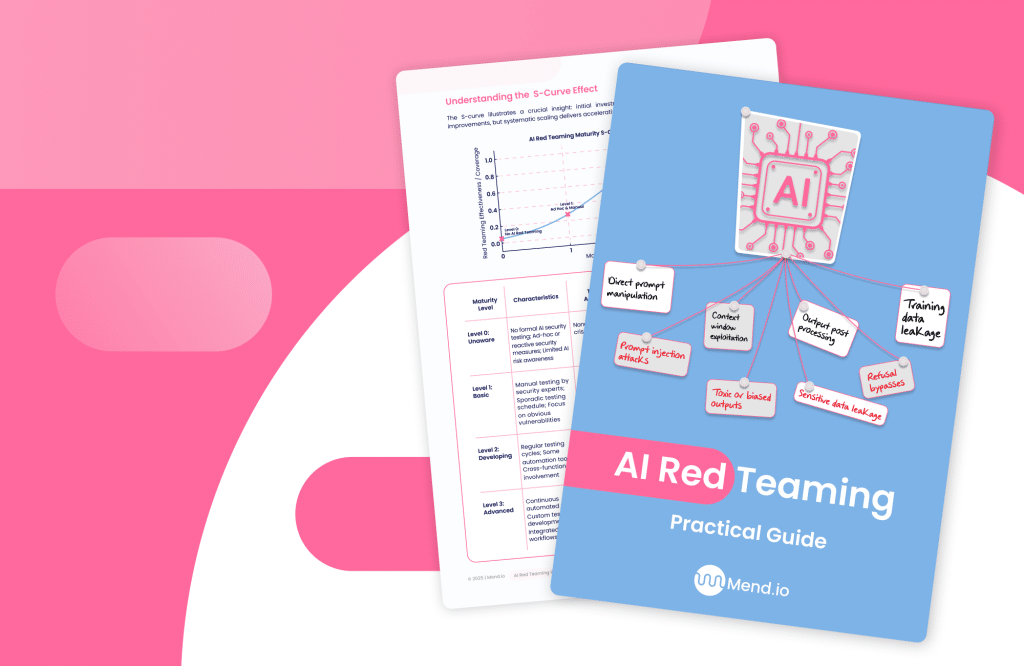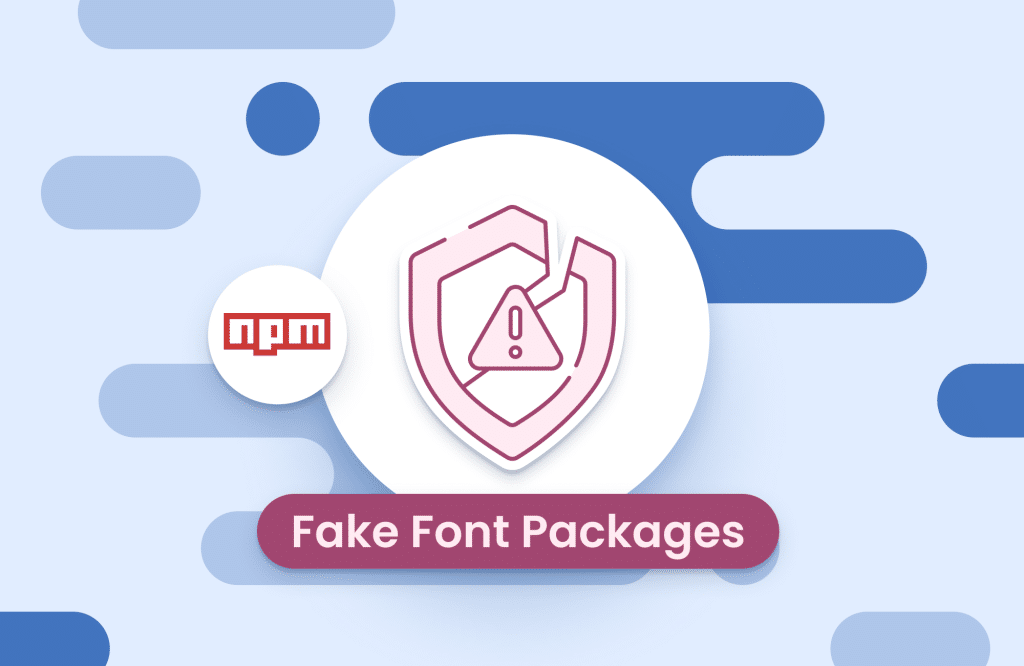Table of contents
It‘s Cybersecurity Awareness Month-Let‘s Talk AppSec

It’s that time of year again: October is Cybersecurity Awareness Month.
A timely reminder for organizations and individuals alike to evaluate their security posture. While much of the month’s focus is on password hygiene, phishing awareness, and personal cybersecurity best practices, it also presents an opportunity to shine a light on one of the most critical and vulnerable areas of enterprise technology: application security (AppSec).
Modern software development moves fast. Releases are frequent, features are customer-driven, and innovation is the mandate. But amidst this momentum, application security must remain a constant. Ignoring it—or treating it as a post-development concern—is one of the most dangerous choices an organization can make.
In the spirit of Cybersecurity Awareness Month, let’s explore how to bring AppSec to the forefront and how a few practical changes can lead to long-term cultural and technical gains.
Why application security deserves the spotlight
According to the Forrester State of Application Security 2024 report, software vulnerabilities remain the top attack vector in today’s digital threat landscape. This should come as no surprise when you consider how heavily modern applications rely on open-source software. Reports indicate that anywhere from 70 to 90 percent of an application’s codebase is composed of open-source components.
This widespread usage introduces significant risk, particularly when development teams move fast and lack the tools to assess or manage these dependencies effectively. Many modern penetration testing tools now include plugins capable of scanning applications for third-party libraries and surfacing known vulnerabilities, underscoring just how visible and exploitable these components can be to attackers.
Application security, therefore, cannot be an afterthought. It must be seamlessly integrated into the development lifecycle—early, continuously, and collaboratively.
The speed vs. security trade-off is a false choice
A common point of tension between engineering and security teams is the belief that secure development slows down delivery. This concern is often amplified under tight deadlines, where developers are asked to prioritize release speed over security processes.
This dynamic was brought into sharp relief during a recent cybersecurity panel where I was asked, “Why is security the first thing to be dropped when there’s pressure to ship?” The question reflects a real and recurring dilemma. Yet, it also highlights a flawed assumption: that security and agility are mutually exclusive.
The truth is, security can and should enable faster, more confident releases. This is especially true when automation is used effectively. By integrating security checks—such as static analysis, open-source vulnerability scanning, and license checks—into the CI/CD pipeline as non-blocking events triggered on code commit, developers can receive feedback in parallel with the build process. By the time QA begins, security data is ready to review alongside functional and performance testing.
When handled this way, security becomes a silent partner in the development process—always present, rarely obstructive, and consistently valuable.
Real-world AppSec flexibility in action
In my previous role as an application security architect, my core philosophy was simple: protect and secure, reduce risk, and enable innovation. These are not contradictory goals. Rather, they are complementary objectives that must be pursued in tandem for any security program to be effective.
Consider a scenario where a critical vulnerability—such as Log4j—emerges just as a release deadline looms. In many organizations, this could result in a complete release freeze. But a collaborative AppSec program can propose short-term mitigation, such as deploying a web application firewall (WAF) rule or rerouting traffic through Cloudflare to deflect malicious payloads targeting the affected component. This mitigation buys time for developers to patch the vulnerability properly in the next release cycle, ensuring both delivery and security are preserved.
This kind of flexible, mitigation-driven thinking is only possible when AppSec is embedded within engineering teams—not positioned as an outside force issuing mandates.
Managing the software supply chain
Another topic that deserves special attention during Cybersecurity Awareness Month is third-party risk management. Software supply chain issues have become the top concern among CISOs, and rightly so. A single vulnerable dependency—whether pulled from a public repository or embedded in a vendor-provided SDK—can open the door to widespread compromise.
Managing these risks starts with visibility. Organizations must know what open-source components, APIs, and external services their applications rely on. Tools that automate software composition analysis (SCA) offer deep insight into dependency health, known vulnerabilities, and licensing concerns.
Beyond tools, companies must implement governance: policies for approving third-party code, updating libraries regularly, and auditing dependencies. Hosting local mirrors of essential packages, rather than relying on live external sources, also reduces exposure to tampered packages or poisoned supply chains.
Finally, the executive level must be informed. Establishing reporting mechanisms that surface third-party risks to business leadership ensures decisions about remediation, vendor selection, and prioritization are made with full visibility into the potential consequences.
Security is a shared responsibility
If there’s one message to amplify during Cybersecurity Awareness Month, it’s that security is everyone’s job. This is particularly true in the context of application development. Developers must be equipped with the knowledge and tools to write secure code. QA teams must test for functionality and vulnerabilities. Operations teams must monitor systems in real time and respond to incidents swiftly. And security teams must be enablers, helping every other role succeed without introducing unnecessary friction.
Creating this shared sense of responsibility starts with education. Offer security training tailored to different roles within the software lifecycle. Developers, for example, benefit most from secure coding practices and real-world vulnerability walkthroughs, whereas QA teams need to understand security test cases and threat modeling.
Culture matters, too. Reward security-conscious behavior. Celebrate successful mitigations. Integrate security reviews into sprint planning and postmortems. The goal is not perfection—it’s continuous improvement and a strong, visible commitment to building safer software.
Looking ahead
As Cybersecurity Awareness Month continues, let’s challenge ourselves to think beyond surface-level awareness. Secure passwords and phishing simulations matter, but so does the security of the applications we rely on every day. From customer-facing platforms to internal productivity tools, applications are the backbone of digital business—and one of its most frequent points of failure.
This month is a great time to review your AppSec posture. Are you scanning third-party components? Is your CI/CD pipeline integrated with non-blocking security checks? Are your teams empowered to make security-conscious decisions under pressure?
If the answer to any of these is no, the good news is that change is possible—starting now.
Cybersecurity Awareness Month is not just a campaign. It’s a reminder that in a world of constant innovation, continuous security must follow.







